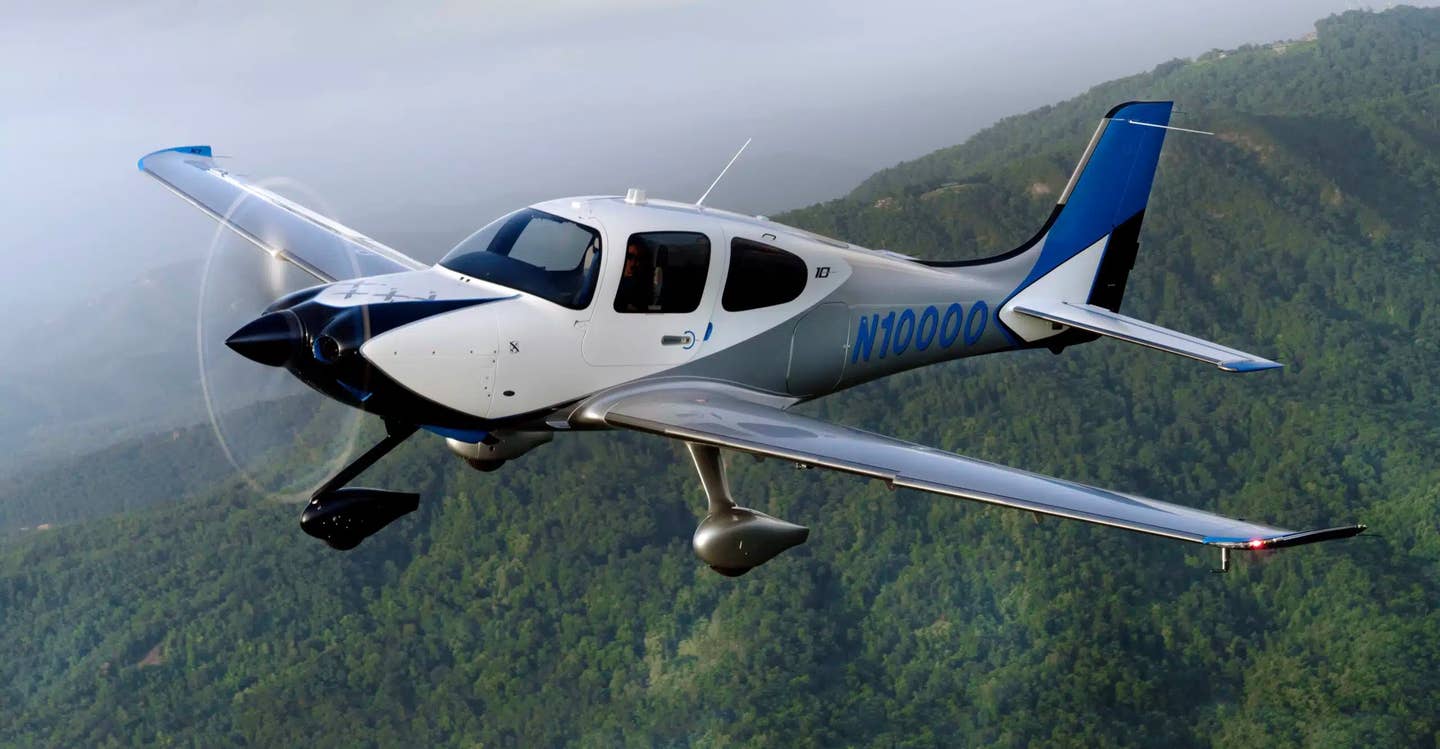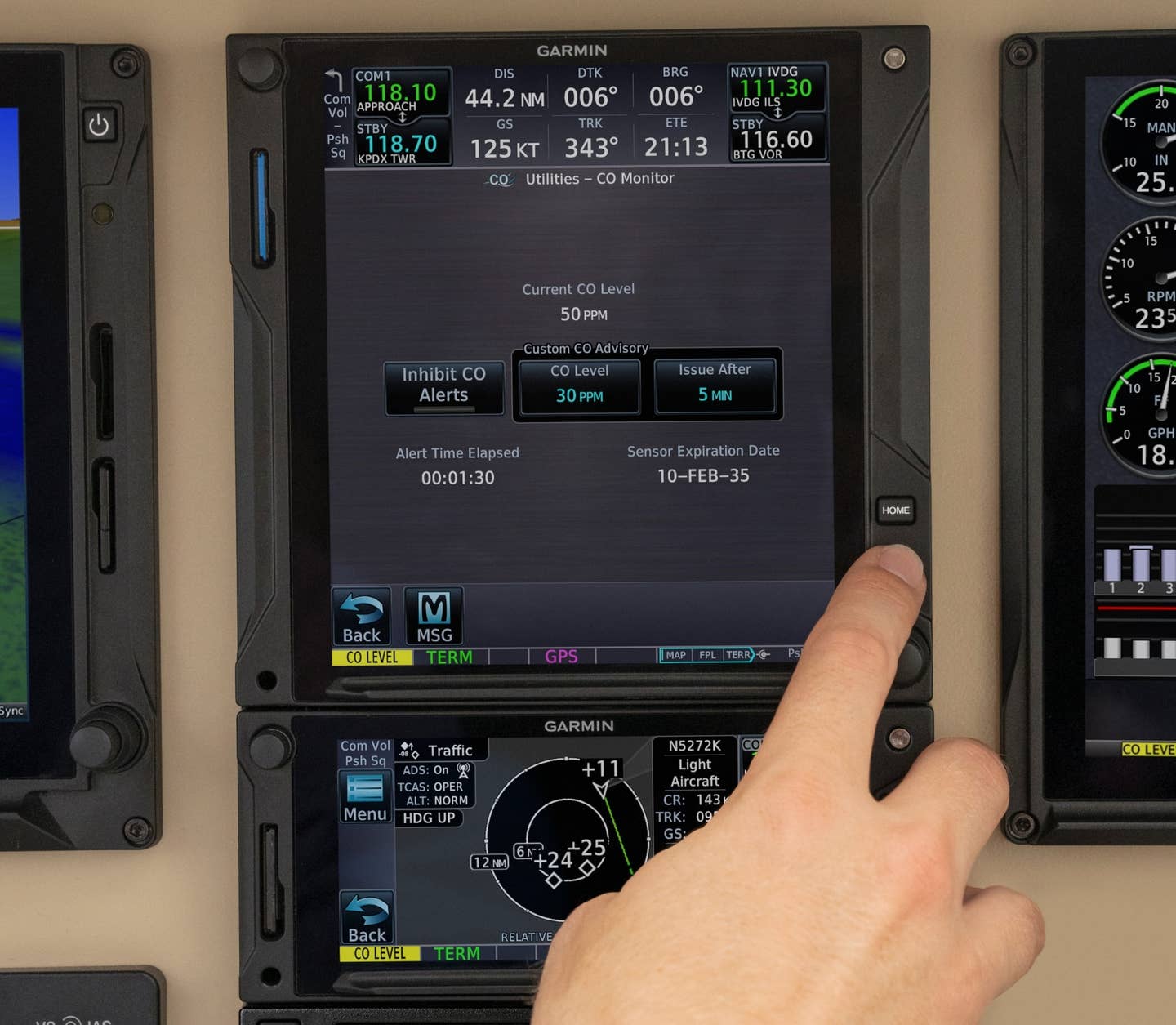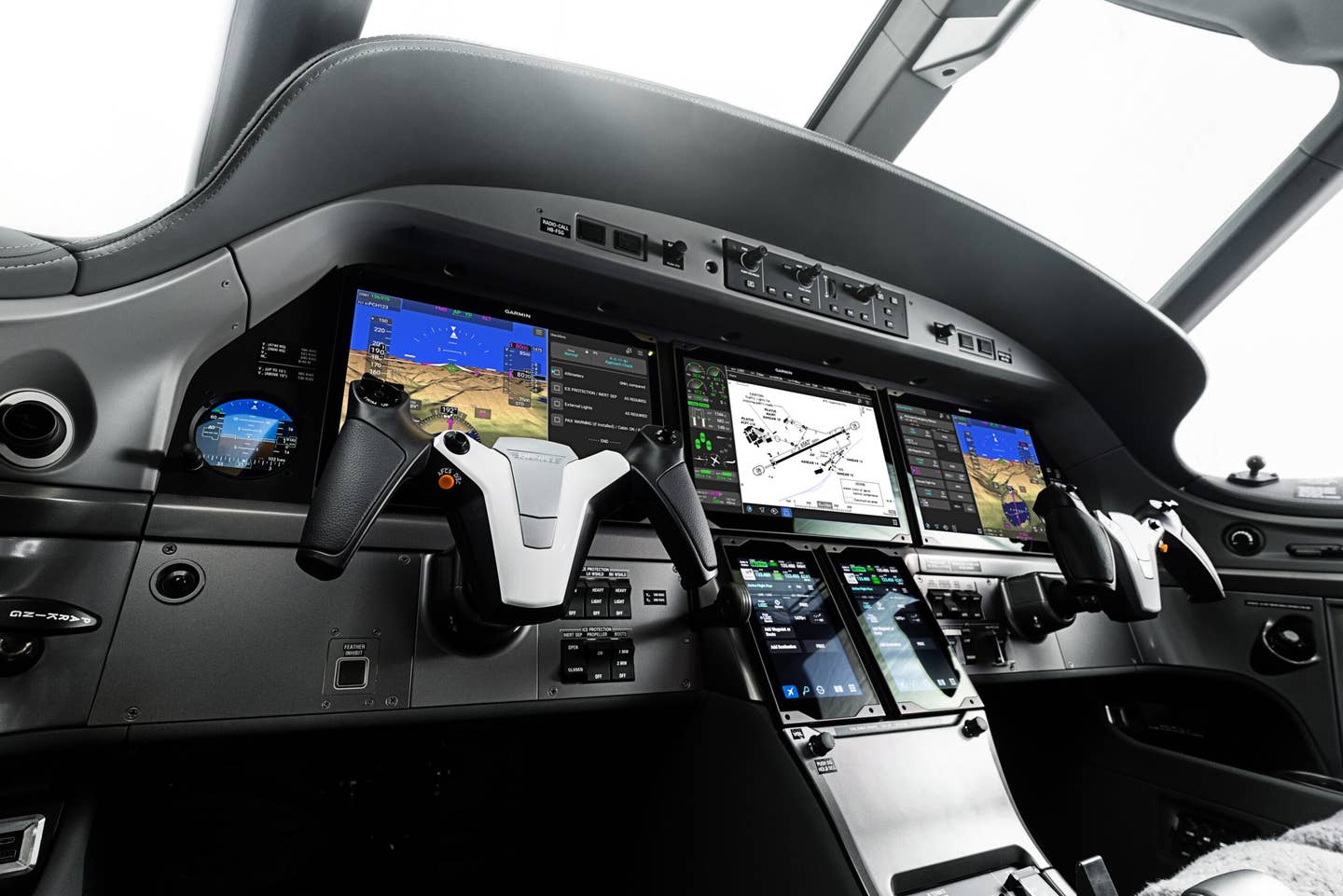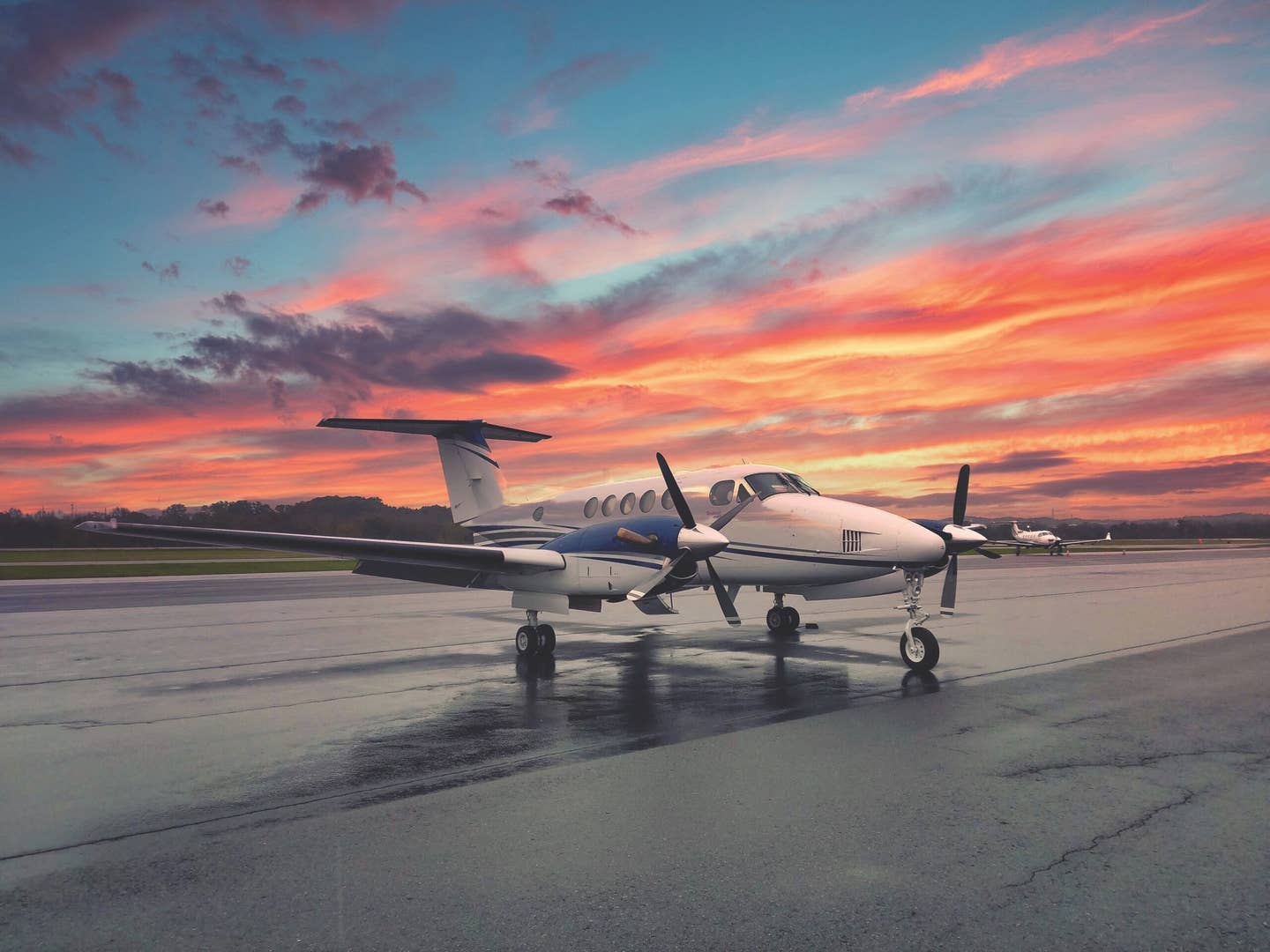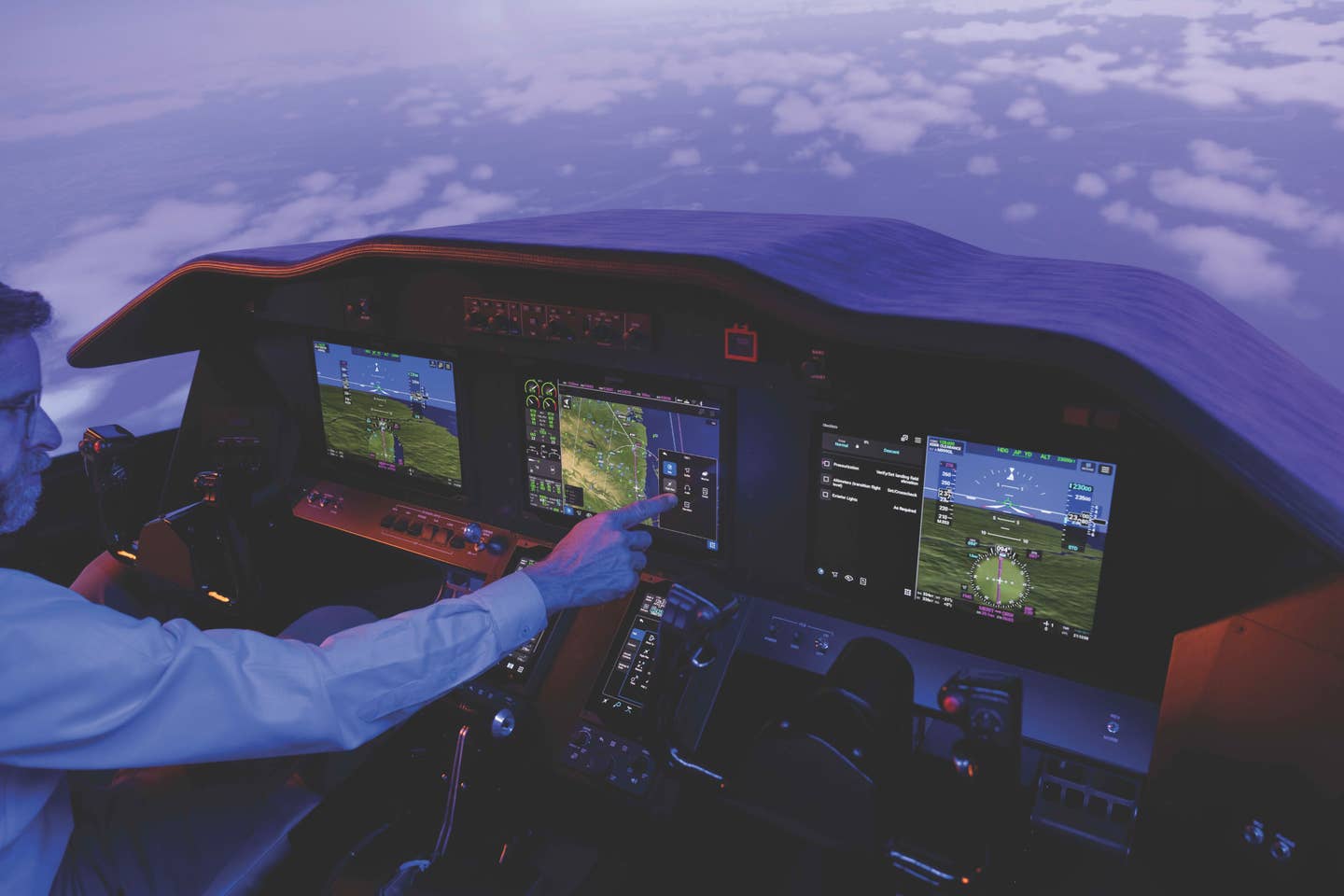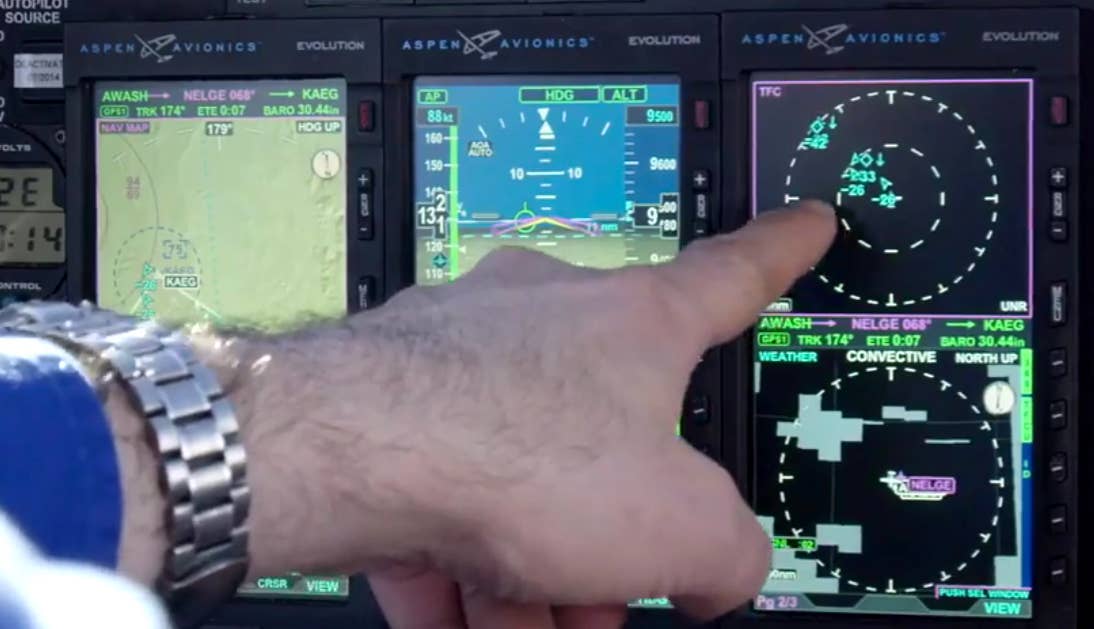
The deadline for equipping aircraft with ADS-B Out capabilities is January 1, 2020. Aspen Avionics
While most of us are still settling into 2016, aircraft owners across the country have already circled January 1, 2020, on their calendars. Why? That’s the FAA’s immovable deadline for equipping aircraft with ADS-B Out capabilities. At 12:01 a.m. on January 1, 2020, if you don’t comply, you don’t fly — at least not in controlled airspace, including Class A, most of Class B, and certain Class C, D and E airspaces.
While four years may seem like plenty of time for everyone to comply, recent history has proven otherwise. In fact, since the mandate was first announced way back in 2010, only about 20 percent of the U.S. fleet has been upgraded, leaving 150,000-plus aircraft in need of an upgrade. So what’s the holdup? While every aircraft owner has their own reason to procrastinate, the two reasons that avionics insiders point to the most are cost and confusion.
The cost issue is easy to understand. An entry-level solution for a small piston single will set an owner back around $6,000. Top-end systems can run owners three times that — or more. Ouch!
While pricing is surely a barrier, many industry folks think the real reason for this major gap in compliance is simply that owners are confused about what it will really take to make their airplane compliant. After all, it’s hard to find two aircraft with the same avionics in their panels, so compatibility could be a huge issue.
Also, the ADS-B equipment providers list reads like an avionics who’s who — Aspen, L3, Avidyne, BendixKing, FreeFlight, Garmin, Honeywell, Rockwell Collins and Trig, just to name a few. If you’re an LSA and experimental aircraft owner, you have even more noncertified units to choose from.
In fact, at the end of last year, there were 12 manufacturers offering nearly 40 different FAA-certified ADS-B-compliant units. No wonder aircraft owners are confused.
While there seems to be plenty of options for equipage, one thing every owner needs to be mindful of is the simple fact that with over 80 percent of the GA fleet yet to be upgraded, there just aren’t enough qualified technicians to go around. There’s going to be a real logjam. And the longer they wait, the longer that line is going to get.
What should an owner do? With the seemingly countless possibilities, it's nearly impossible to say. But all is not lost. The FAA has created an informative website that not only provides answers to a lot of questions owners have about meeting the ADS-B mandate (including which owner/operators may be exempt), but it also has a listing of what equipment is currently FAA certified. That will at least take some of the guesswork out of what your next step should be.
One thing is certain though: If you plan on flying in controlled airspace after the 2020 ADS-B equipment mandate, you need to have a proactive upgrade path for your airplane soon. The clock is ticking.

Sign-up for newsletters & special offers!
Get the latest FLYING stories & special offers delivered directly to your inbox

